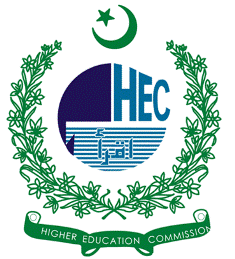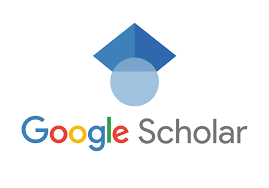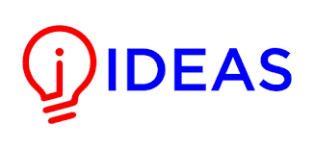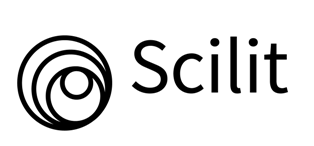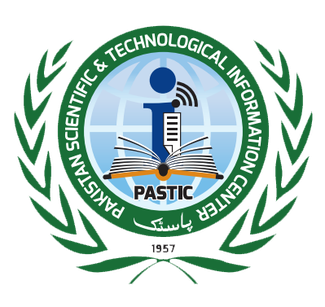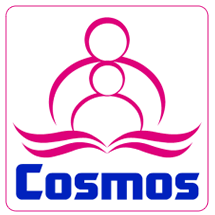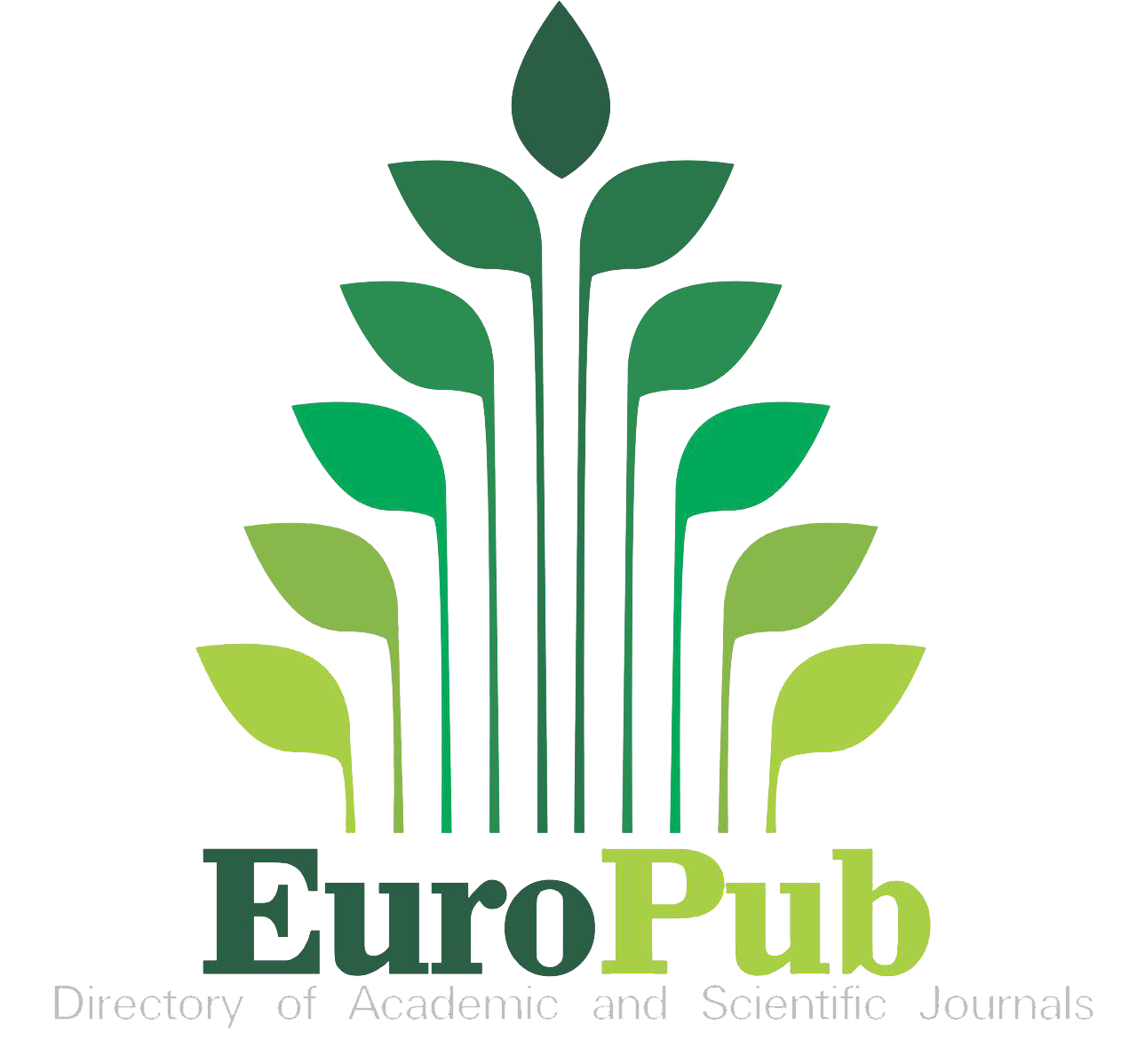Comparative Study of Food Image Classification Performance Using the Xception Architecture
Keywords:
Deep learning, Xception, CNN, Food Safety, Classifiers, Food-101Abstract
Food allergies remain a critical issue that needs more research. To identify and manage food allergies, the integration of complex computational approaches is becoming more and more important, opening the door to more individualized and efficient food safety solutions. Which aims to end hunger, achieve food security, improve nutrition, and promote sustainable agriculture. This research investigates the application of image classification techniques for allergen detection in food images. Specifically, we compare two models Model 1 serves as the baseline, trained on 11 classes. Two variations were explored: Model 2 focuses on Pakistani dishes, to investigate the impact of learning rate on the balance between adaptation speed and model precision. The objective is to determine the most effective model for classifying food images therefore Model 2 achieves the highest accuracy of 94%. These findings suggest that Model 2 is a promising candidate for real-world allergen detection applications. Future research will focus on creating a comprehensive new dataset of food images encompassing a wider variety of food items, as well as exploring the integration of a model similar to model 2 into mobile applications for consumer use.
References
Daniel Maestro, “Food safety–From pioneering steps to the modern scientific discipline,” J. Heal. Sci., vol. 12, no. 3, pp. 178–183, 2022, doi: https://doi.org/10.17532/jhsci.2022.1914.
J. Karl Fink, “Food safety, plastics and sustainability: Materials, chemicals, recycling and the circular economy,” Food Safety, Plast. Sustain. Mater. Chem. Recycl. Circ. Econ., pp. 1–405, May 2023.
E. S. Bayarmaa Barkhuu, Munkhjargal Odonchimeg, Erdenechimeg Namjil, Damdindorj Mungunnaran, “Food Safety: The contamination of persistent organic pollutants in some food products,” Bull. Inst. Chem. Chem. Technol., vol. 10, no. 10, pp. 131–139, 2023, doi: https://doi.org/10.5564/bicct.v10i10.2606.
M. T. I. Ansari, S. K. Raghuwanshi, and S. Kumar, “Recent Advancement in Fiber-Optic-Based SPR Biosensor for Food Adulteration Detection - A Review,” IEEE Trans. Nanobioscience, vol. 22, no. 4, pp. 978–988, Oct. 2023, doi: 10.1109/TNB.2023.3278468.
Y. Z. Xiaoyan Jiang, Zuojin Hu, Shuihua Wang, “Deep learning for medical image-based cancer diagnosis,” Cancers (Basel)., vol. 15, no. 14, p. 3608, 2023, doi: https://doi.org/10.3390/cancers15143608.
Tingting Kuai, “Comprehensive Literature Review of Research on Online Food Safety,” Sci. J. Technol., 2023, doi: 10.54691/sjt.v5i4.4735.
R. J. M. Mimi L. K. Tang, “Food allergy: is prevalence increasing?,” Intern. Med. J., 2017, doi: https://doi.org/10.1111/imj.13362.
A. Toulin, “‘Old Methods Not Up to New Ways’: The Strategic Use of Advertising in the Fight for Pure Food After 1906,” J. Gilded Age Progress. Era, vol. 18, no. 4, pp. 461–479, Oct. 2019, doi: 10.1017/S153778141900029X.
J. K. Lisa-Carina Class, Gesine Kuhnen, Sascha Rohn, “Diving Deep into the Data: A Review of Deep Learning Approaches and Potential Applications in Foodomics,” Foods, vol. 10, no. 8, p. 1803, 2021, doi: https://doi.org/10.3390/foods10081803.
K. N. P. Lili Zhu, Petros Spachos, Erica Pensini, “Deep learning and machine vision for food processing: A survey,” Curr. Res. Food Sci., vol. 4, pp. 233–249, 2021, doi: https://doi.org/10.1016/j.crfs.2021.03.009.
L. Zhou, C. Zhang, F. Liu, Z. Qiu, and Y. He, “Application of Deep Learning in Food: A Review,” Compr. Rev. Food Sci. Food Saf., vol. 18, no. 6, pp. 1793–1811, Nov. 2019, doi: 10.1111/1541-4337.12492.
J. L. Zhidong Shen, Adnan Shehzad, Si Chen, Hui Sun, “Machine Learning Based Approach on Food Recognition and Nutrition Estimation,” Procedia Comput. Sci., vol. 174, pp. 448–453, 2020, doi: https://doi.org/10.1016/j.procs.2020.06.113.
I. Gallo, G. Ria, N. Landro, and R. La Grassa, “Image and Text fusion for UPMC Food-101 using BERT and CNNs,” Int. Conf. Image Vis. Comput. New Zeal., vol. 2020-November, Nov. 2020, doi: 10.1109/IVCNZ51579.2020.9290622.
A. H. and K. T. Thunchanok Tangpong, Somkiet Leanghirun, “A Food Recommender Based on Frequent Sets of Food Mining Using Image Recognition,” Artif. Intell. Adv. New Paradig. Nov. Appl., 2021, doi: 10.5772/intechopen.97186.
M. Z. and A. A. Amin, “InceptFood: A CNN Based Classification Approach for Recognizing Food Images,” Natl. Conf. Emerg. Trends Comput. Satisics Math. Sci. SBBWU, 2017, [Online]. Available: https://www.researchgate.net/publication/338095670_InceptFood_A_CNN_Based_Classification_Approach_for_Recognizing_Food_Images
F. Chollet, “Xception: Deep learning with depthwise separable convolutions,” Proc. - 30th IEEE Conf. Comput. Vis. Pattern Recognition, CVPR 2017, vol. 2017-January, pp. 1800–1807, Nov. 2017, doi: 10.1109/CVPR.2017.195.
Dan Becker, “Food 101,” Kaggle, 2024, [Online]. Available: https://www.kaggle.com/datasets/dansbecker/food-101
M. G. & L. V. G. Lukas Bossard, “Food-101 – Mining Discriminative Components with Random Forests,” Comput. Vis. – ECCV 2014, vol. 8694, pp. 446–461, 2014, doi: https://doi.org/10.1007/978-3-319-10599-4_29.
D. H. Hubel and T. N. Wiesel, “Receptive fields, binocular interaction and functional architecture in the cat’s visual cortex,” J. Physiol., vol. 160, no. 1, pp. 106–154, Jan. 1962, doi: 10.1113/JPHYSIOL.1962.SP006837.
C. Liu et al., “swTVM: Exploring the Automated Compilation for Deep Learning on Sunway Architecture,” arXiv.org, 2019.
Y. M. Chang Liu, Yu Cao, Yan Luo, Guanling Chen, Vinod Vokkarane, “Deepfood: Deep learning-based food image recognition for computer-aided dietary assessment,” arXiv:1606.05675, 2016, doi: https://doi.org/10.48550/arXiv.1606.05675.
Prakhar Tripathi, “TRANSFER LEARNING ON DEEP NEURAL NETWORK: A CASE STUDY ON FOOD-101 FOOD CLASSIFIER,” Int. J. Eng. Appl. Sci. Technol., vol. 5, no. 9, pp. 229–232, 2021, [Online]. Available: https://www.ijeast.com/papers/229-232,Tesma509,IJEAST.pdf
V. P. VijayaKumari G., Priyanka Vutkur, “Food classification using transfer learning technique,” Glob. Transitions Proc., vol. 3, no. 1, pp. 225–229, 2022, doi: https://doi.org/10.1016/j.gltp.2022.03.027.
Â. O. João Louro, Filipe Fidalgo, “Recognition of Food Ingredients—Dataset Analysis,” Appl. Sci., vol. 14, no. 13, p. 5448, 2024, doi: https://doi.org/10.3390/app14135448.
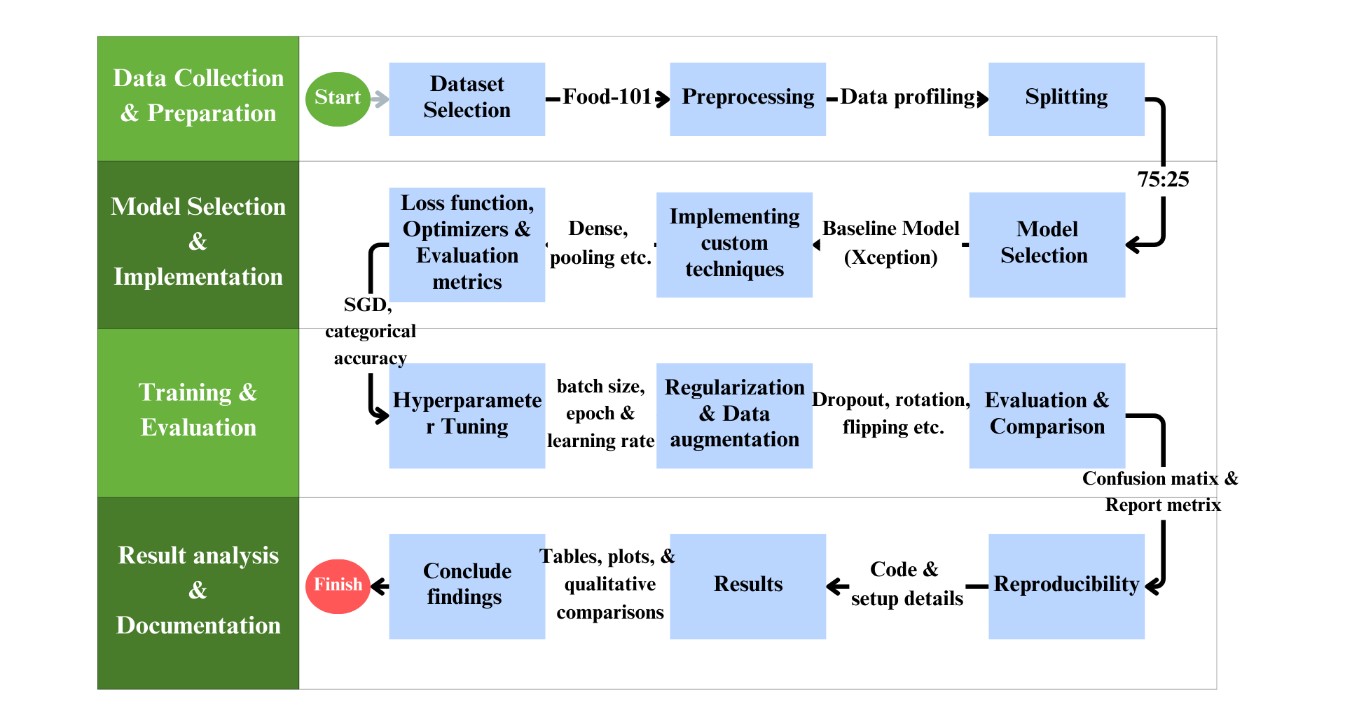
Downloads
Published
How to Cite
Issue
Section
License
Copyright (c) 2025 50Sea

This work is licensed under a Creative Commons Attribution 4.0 International License.

